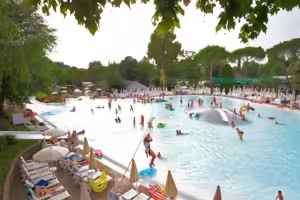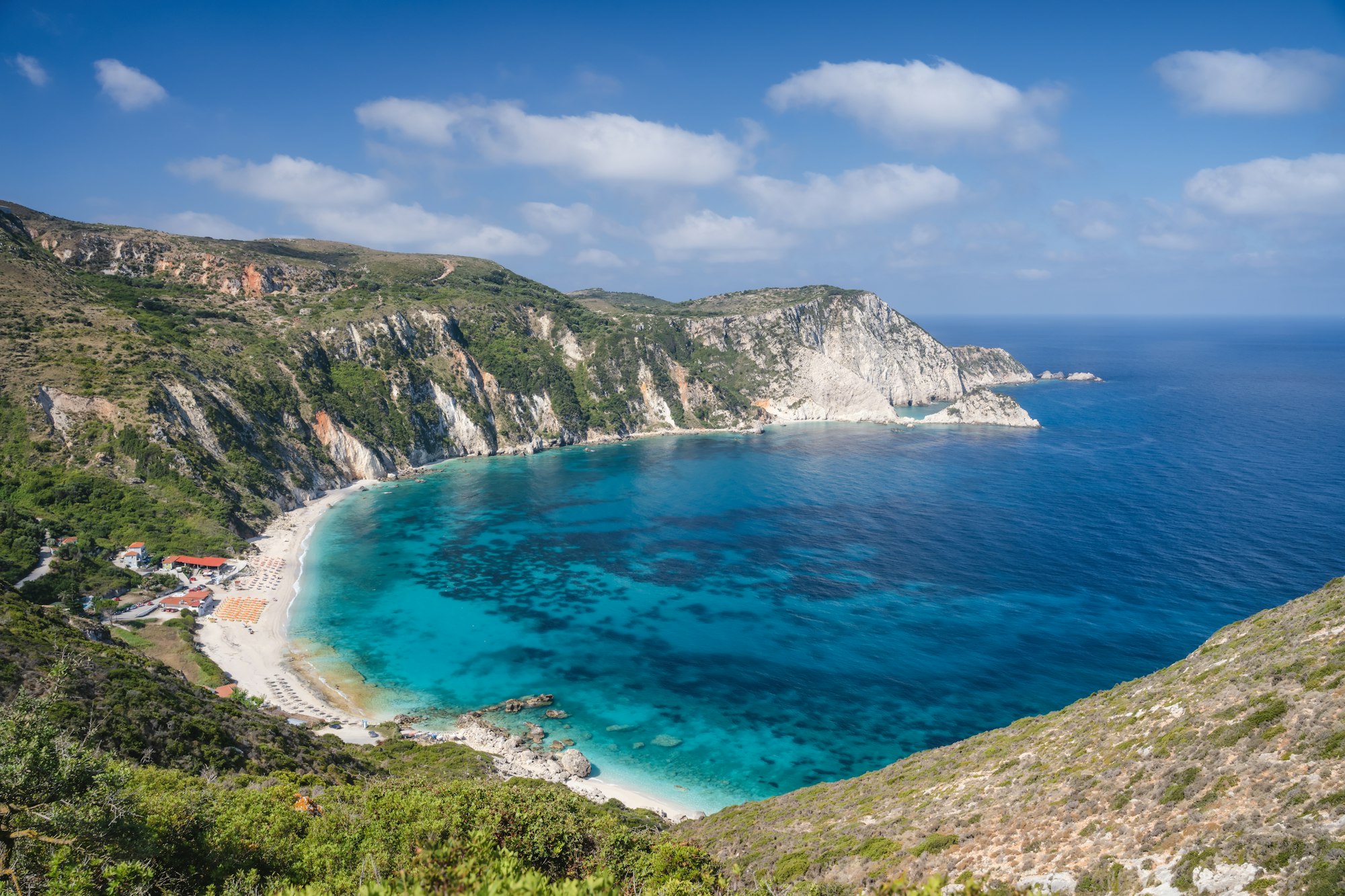Visiting Laos offers a unique opportunity to explore a blend of natural beauty and cultural richness. The best time to visit Laos in 2024 promises ideal weather conditions and a host of exciting activities and festivals. Whether you’re looking to delve into the history, indulge in local culinary delights, or simply relax amidst stunning landscapes, Laos has something to offer every type of traveler. This guide provides essential tips and insights to help you make the most of your visit during the optimal travel period.
TLDR;
ToggleBest Time of Year To Visit Laos in 2024
The optimal time to visit Laos is during the dry season, which spans from November to April. This period offers pleasant weather, making it ideal for outdoor activities and exploring the country’s natural and cultural attractions. During these months, temperatures are comfortable, ranging from 20°C to 30°C (68°F to 86°F), and the humidity is low. This is also the peak tourist season, so expect popular sites to be busier than usual (Travellers Worldwide) (Audley Travel).
Best Month To Visit Laos in 2024
The best month to visit Laos is November. The weather is cool and dry, and the landscapes are lush and green from the recent rainy season. River travel along the Mekong is particularly pleasant during this time, and the high water levels make for smooth sailing. Additionally, several festivals and cultural events occur during this month, providing a rich cultural experience (Travellers Worldwide) (Indochina Tour)
Top 50 Places to Visit in Laos in 2024
Luang Prabang – A UNESCO World Heritage Site known for its temples and French colonial architecture.
Vang Vieng – Famous for its stunning karst landscape and adventure activities like tubing and kayaking.
Plain of Jars – An archaeological landscape featuring thousands of stone jars.
Vientiane – The capital city with attractions like the Patuxai monument and Wat Si Saket.
Kuang Si Waterfalls – A breathtaking multi-tiered waterfall near Luang Prabang.
Bolaven Plateau – Known for its coffee plantations, waterfalls, and cool climate.
Si Phan Don (Four Thousand Islands) – An archipelago in the Mekong River ideal for a laid-back escape (Rough Guides).
Wat Phou – An ancient Khmer Hindu temple complex.
Nam Ha National Protected Area – Great for trekking and experiencing local hill tribe cultures.
Phonsavan – The gateway to the Plain of Jars.
Pak Ou Caves – Caves filled with thousands of Buddha images.
That Luang – A gold-covered large Buddhist stupa in Vientiane.
Tad Fane Waterfall – A majestic twin waterfall in the Bolaven Plateau.
Nong Khiaw – A scenic village with stunning views of the surrounding limestone mountains.
Wat Xieng Thong – One of the most important monasteries in Laos, located in Luang Prabang.
Vieng Xai Caves – Historical caves used during the Vietnam War.
Nam Ngum Lake – A large reservoir perfect for boating and fishing.
Ban Phanom – A weaving village near Luang Prabang.
Phu Hin Bun National Park – Known for its limestone karst mountains and caves.
Muang Ngoi Neua – A remote village accessible only by boat, perfect for relaxation and trekking.
Mount Phou Si – Offers a panoramic view of Luang Prabang, especially beautiful at sunset (Rove.me).
Xieng Khuan (Buddha Park) – A sculpture park with numerous Hindu and Buddhist statues.
Pakbeng – A small village that is a popular stopover for those traveling the Mekong River.
Tham Kong Lo Cave – A spectacular 7.5 km long limestone cave with an underground river.
Pha That Luang – The most important national monument in Laos, symbolizing both Buddhism and Lao sovereignty.
Champasak – Home to the Wat Phou temple complex.
Bokeo Nature Reserve – Offers the Gibbon Experience, an eco-tourism project.
Dong Phou Vieng National Protected Area – Known for its biodiversity and traditional villages.
Tad Lo Waterfall – A picturesque waterfall located on the Bolaven Plateau.
Thakhek – A town with colonial architecture and nearby limestone caves.
Hin Boun National Protected Area – Known for its dramatic karst landscapes.
Nam Et-Phou Louey National Protected Area – A large protected area ideal for wildlife tours.
Khammouane Limestone National Park – Features stunning karst formations and caves.
Savannakhet – A city with a mix of French colonial and Lao architecture.
Salavan – Known for its ethnic diversity and traditional festivals.
Attapeu – A remote province with beautiful natural scenery and waterfalls.
Muang Sing – A town near the Chinese border with rich cultural heritage.
Sam Neua – The capital of Houaphanh Province, known for its traditional weaving.
Pakxe – A city that serves as a gateway to the Bolaven Plateau and the 4000 Islands.
Ban Nalan Trail – A trekking trail that offers an immersive experience of Lao village life.
Hongsa – Known for its elephant conservation projects.
Sainyabuli – Hosts the annual Elephant Festival.
Ban Phakeo – A traditional Lao village known for its hospitality.
Vieng Xay – Historical caves and war remnants.
Na Hin – A village near the Tham Kong Lo Cave.
Muang Khoun – Ancient capital with historical ruins.
Huay Xai – Starting point for the Gibbon Experience.
Sekong – Known for its waterfalls and rugged landscapes.
Ban Nam Dee – A village famous for its traditional Lao whiskey.
Ban Natane – Known for its traditional Lao crafts.




